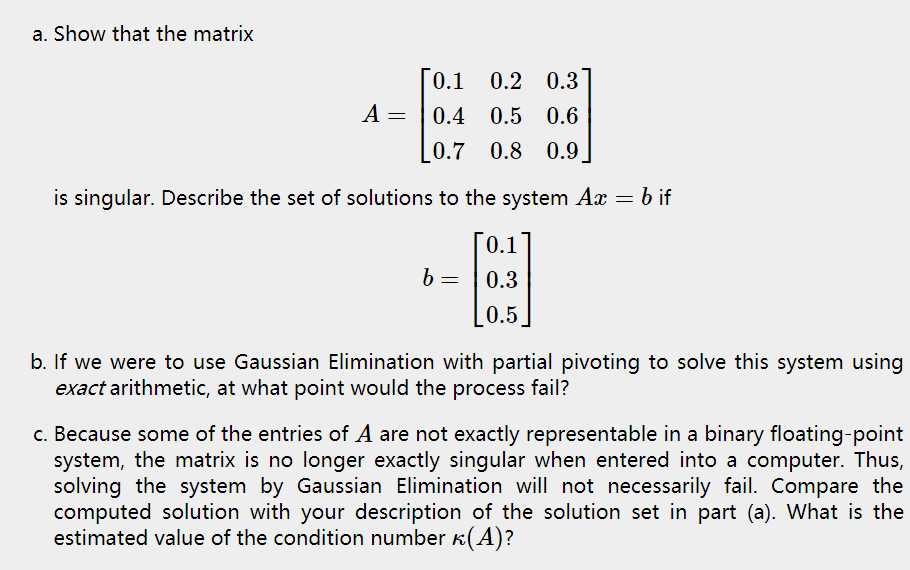

Nevertheless, MHR determined using the above formula is often used to prescribe exercise training heart rate ranges, and can be beneficial as a reference. Furthermore, MHRs vary significantly between individuals, even those with highly similar training and age within the same sport. The most commonly cited formula for calculating MHR is:Īlthough it is the most commonly cited formula, and is often used to determine heart rate training zones, it does not have a reference to any standard deviation, and is not considered a good predictor of MHR by reputable health and fitness professionals. As such, there are many estimates for MHR based on age, which is strongly correlated with heart rate, though there is little consensus regarding which formula should be used. These tests typically range from ten to twenty minutes in duration, which can be inconvenient. Maximum heart rate (MHR) is most accurately measured using a cardiac stress test, which involves measuring a person's heart function (including heart rate) at periodically increasing levels of exercise. Generally, a lower RHR indicates more efficient heart function, though RHRs that are lower than 50 bpm can be a sign of an underlying heart condition or disease. Typical adult resting heart rates (RHR) are commonly cited to range from 60-100 beats per minute (bpm), though there is some argument that normal RHRs actually fall within the range of 50-90 bpm. Some of the more notable measurements of heart rate include resting heart rate and maximum heart rate, which are often used to estimate specific target heart rate zones to determine different levels of exercise. Heart rate can be measured in different ways, from using devices such as heart rate monitors, to simply looking at a watch while measuring pulse at some peripheral point such as the wrist or neck. Measuring and Estimating Heart Rate and Heart Rate Zones: The use of both in training can help a person improve performance, avoid over-training, as well as track progress and fitness over time. Pace and heart rate have a positive correlation higher pace corresponds to higher heart rate. Pace is a rate of activity or movement, while heart rate is measured as the number of times that a person's heart contracts over a minute.


Typical Races and World Record Paces Category The following calculator can be used to estimate a person's finish time based on the time and distance covered in a race at the point the calculator is used.

For example, if a person runs from point A to point B, then to point C, records the time at each point, and subsequently determines the distance between those points (using many available websites, applications, or maps), the multipoint calculator can determine how fast the person traveled between each pair of points, allowing use for training purposes a person can run the same route (or distance) repeatedly and track pace over that given route, enabling comparison of times between each segment (or lap) to identify areas for potential improvement. The following calculator can determine the pace of segments of a run (or other activity) for those with access to the time at intermittent points during the run. For example, the time 5 minutes 3 seconds does not need to be entered as 00:05:03, and can be entered as 5:3. Note that placeholder zeros do not need to be entered in the "Time" or "Pace" field.


 0 kommentar(er)
0 kommentar(er)
